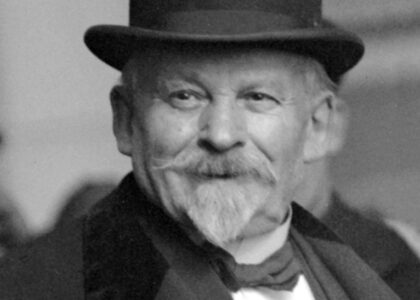Welcome to the State Sanatorium Covered Bridge, a charming vestige of Indiana’s rich architectural past. Located in Rockville, Indiana, this bridge is one of the many historic covered bridges that have earned Parke County the title of ‘The Covered Bridge Capital of the World.’ Although specific details about the State Sanatorium Covered Bridge are scarce, it shares its heritage with the county’s other well-documented bridges, each of which tells a unique story about the craftsmanship and ingenuity of early American engineers.
Constructed during an era when covered bridges were essential for travel and trade, these structures were designed not only for functionality but also to withstand the test of time. The roofs protected the wooden trusses from the elements, significantly extending the lifespan of the bridge. This was a common practice in the late 19th and early 20th centuries.
The broader history of covered bridges in Parke County is a testament to the region’s development and the pivotal role these structures played in connecting communities. During the annual Parke County Covered Bridge Festival, the State Sanatorium Covered Bridge, along with others, becomes a focal point for visitors who flock to the area to admire these engineering marvels.
The bridges were often designed by notable bridge builders of the time, such as Joseph J. Daniels and Eugene Britton, who were known for their expertise and attention to detail. The craftsmanship of these builders is evident in the intricate truss designs and sturdy construction that have allowed many of these bridges to remain standing for over a century.
As you explore this area, imagine the countless stories these bridges could tell: of horse-drawn carriages carrying goods and people, of community gatherings, and of the daily life in rural Indiana more than 100 years ago. Each bridge, including the State Sanatorium Covered Bridge, is a living monument to the era of their construction and the communities they served.
So as you stand here, take a moment to appreciate not just the bridge itself, but the legacy of engineering and community it represents—a tangible piece of Indiana’s history that continues to connect the past with the present.





